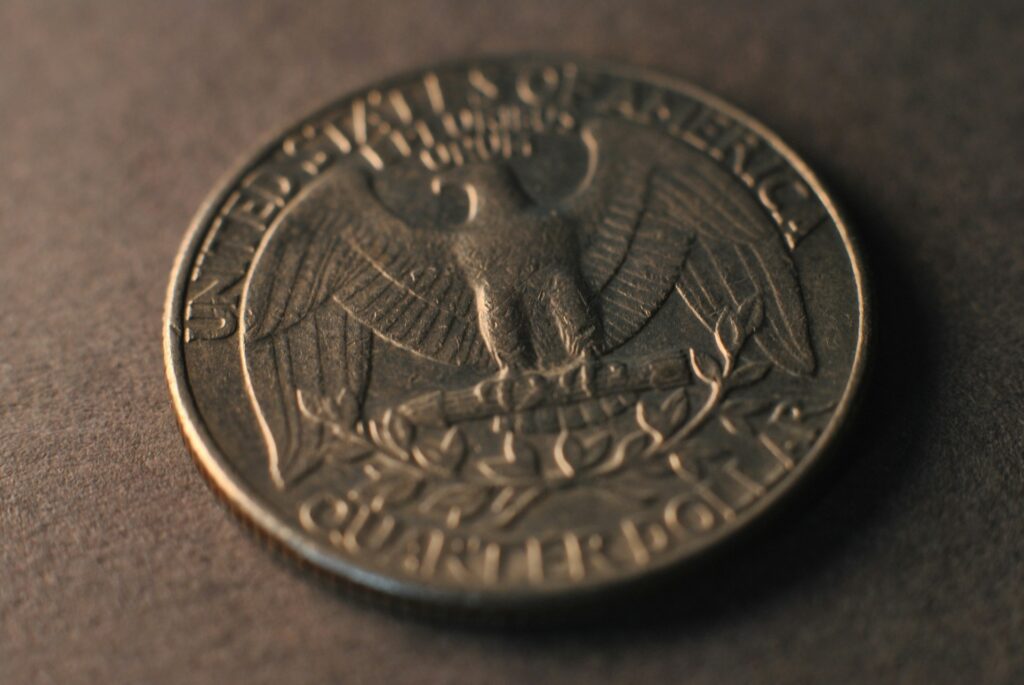The 1921 Morgan Silver Dollar stands as one of the most collected U.S. coins, beloved by numismatists for its stunning beauty, rich history, and enduring appeal that spans generations of collectors. This iconic coin represents the end of an era in American coinage.

This was the final year the Morgan Dollar was minted before being replaced by the Peace Dollar, making it historically significant as the last of its kind. Many collectors consider it essential to own at least one example of this final-year Morgan.
Collectors often seek coins certified by professional grading services like PCGS to ensure authenticity and accurate condition assessment. The third-party verification provides market confidence that's crucial for valuable coins.
A 1921 morgan $1 pcgs coin can vary dramatically in price depending on its condition, eye appeal, and current market demand. Understanding these value factors helps collectors make informed decisions.
History of the 1921 Morgan Silver Dollar
Production of Morgan Silver Dollars resumed in 1921 after a lengthy hiatus that began in 1904. The Pittman Act of 1918 required the government to melt millions of silver dollars and replace them with new coins, leading to this final Morgan mintage.
The coin features the iconic design by George T. Morgan, showcasing Lady Liberty on the obverse and a majestic eagle on the reverse. This design had captured American imagination since its debut in 1878.
Later in 1921, production transitioned to the new Peace Dollar design, making the 1921 Morgan the final chapter in this beloved series that had defined American silver coinage for over four decades.
Understanding PCGS Grading
PCGS (Professional Coin Grading Service) plays a crucial role in authenticating and grading coins using standardized methods that the market trusts. Their certification provides assurance against counterfeits and accurate condition assessment.
The grading scale ranges from Poor (P-1) for heavily damaged coins to Mint State (MS-70) for perfect specimens. Most 1921 Morgans fall between Good (G-4) and MS-65, with each grade level representing specific condition criteria.
Third-party grading has become essential for market confidence, especially as coin values have increased and sophisticated counterfeits have appeared. PCGS slabs protect coins while providing tamper-evident certification.
Value Ranges by Grade
Common circulated grades like Good-4 through Very Fine-30 typically range from $35-65, depending on current silver prices and numismatic premiums. These represent the most affordable entry point for collectors.
Uncirculated examples graded MS-60 to MS-65 show dramatic price differences, with MS-60 coins around $75-100 while MS-65 examples can reach $300-500 or more depending on eye appeal and market conditions.
Record auction prices for exceptional MS-67 or MS-68 examples have exceeded $10,000, though such high-grade specimens are extremely rare and represent the absolute finest known examples.
Factors That Influence Value
Condition remains the primary value driver, but eye appeal within each grade can create significant price variations. Coins with attractive toning, strong strikes, and minimal bagmarks command premiums over average examples.
Strike quality affects value since some 1921 Morgans show weak details due to worn dies late in production. Coins with sharp, fully struck details are more desirable than those with soft or mushy features.
Market trends and silver spot prices influence values, though numismatic premiums typically provide some insulation from metal price fluctuations. Collector demand often drives prices beyond simple silver content value.
Buying and Selling Tips
Work exclusively with reputable dealers and established auction houses that guarantee authenticity and stand behind their grading assessments. Avoid private sellers or sources that cannot provide proper documentation.
Always verify PCGS certification numbers through their online database to confirm authenticity and catch any altered or counterfeit slabs. This simple check prevents costly mistakes.
Consider market timing for major purchases or sales, as coin values fluctuate based on collector interest, economic conditions, and silver prices. Patience often rewards both buyers and sellers.
Preserving Your Coin's Condition
Keep PCGS-graded coins in their protective slabs, which provide optimal environmental protection and maintain the certification's validity. Removing coins from slabs typically voids the grading guarantee.
Never handle coins directly with bare hands, as skin oils and acids can cause long-term damage. Use cotton gloves if you must handle raw coins outside protective holders.
Store coins in stable environments away from humidity extremes, temperature fluctuations, and direct sunlight that can cause toning changes or environmental damage over time.
Conclusion
The 1921 Morgan Silver Dollar remains a cornerstone of American numismatics, representing both historical significance and collecting tradition. Its status as the final Morgan makes it especially meaningful to collectors.
PCGS certification provides essential authenticity assurance and accurate grading that supports market confidence and fair pricing. This third-party verification has become increasingly important as values have risen.
Whether buying, selling, or holding long-term, understanding the factors that influence value helps maximize your investment potential while preserving this piece of American history.
With proper storage, market awareness, and quality examples, your 1921 Morgan can serve as both a treasured collectible and a solid numismatic investment.





